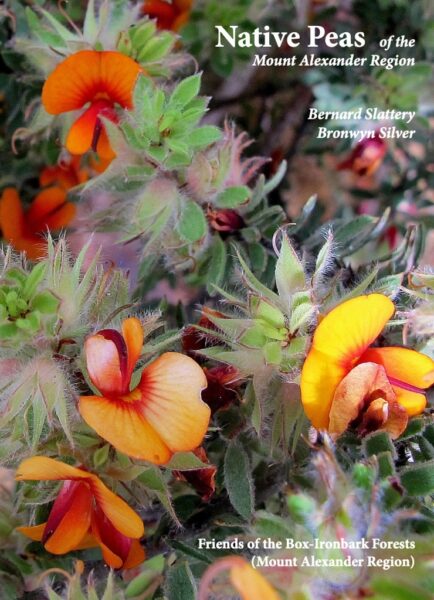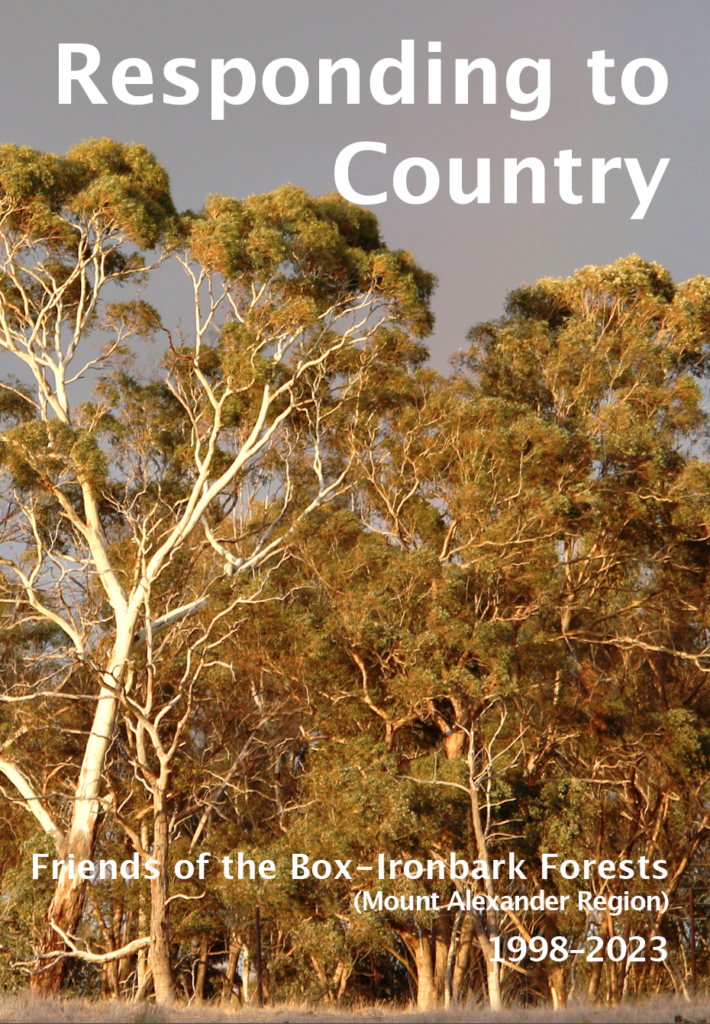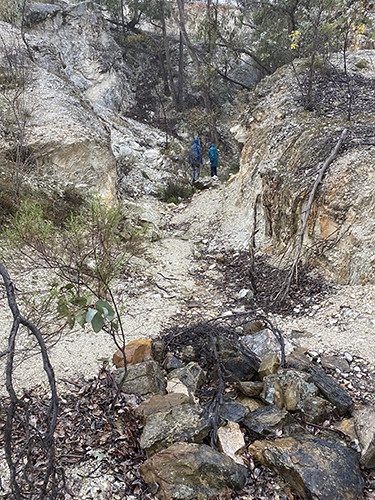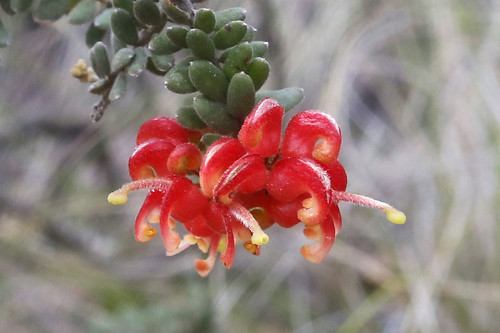The 2019 FOBIF Annual General Meeting will be held this year on Monday September 9 at 7.30pm in the Ray Bradfield Room. More details about the program and guest speaker are forthcoming.
Do you want to play a role on the FOBIF committee? Or nominate someone else to the committee? All that’s needed is a piece of paper signed by the nominee, a nominator and a seconder—all FOBIF members. There’s no need of an official form, but for convenience, here’s a sample:
I nominate_________________________________
for the position of____________________________
Signed____________________________________
Seconded__________________________________
I accept the above nomination
Signed___________________________________
Positions on the committee are President, Vice President, Secretary, Treasurer, and two ordinary members. Nominations should be in before the meeting.

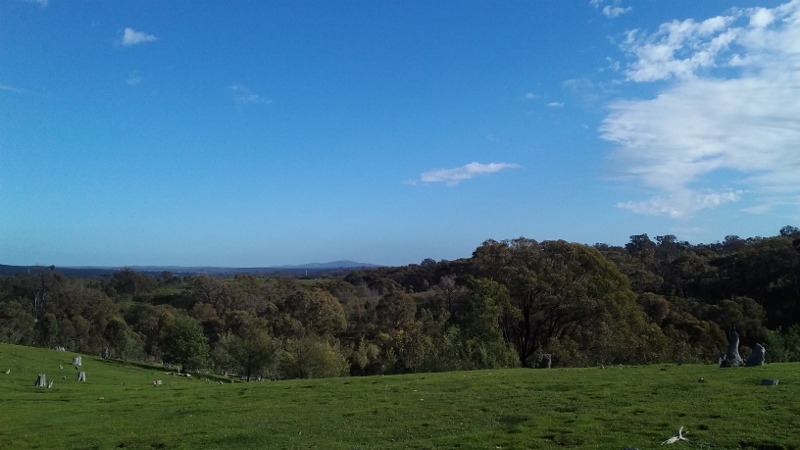
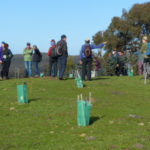
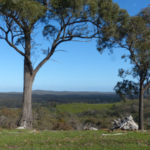
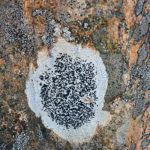
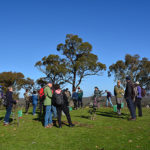
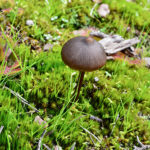
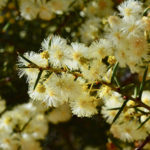
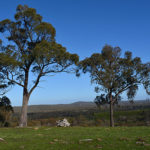
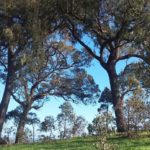
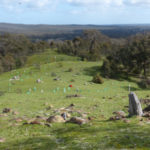
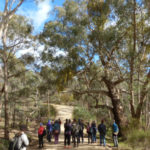

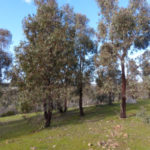
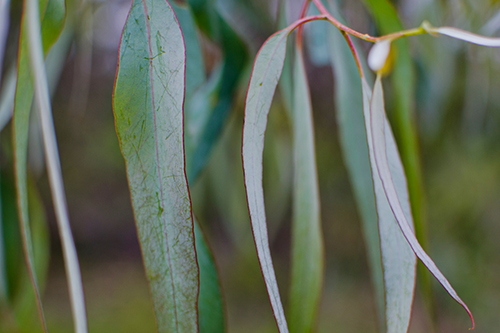
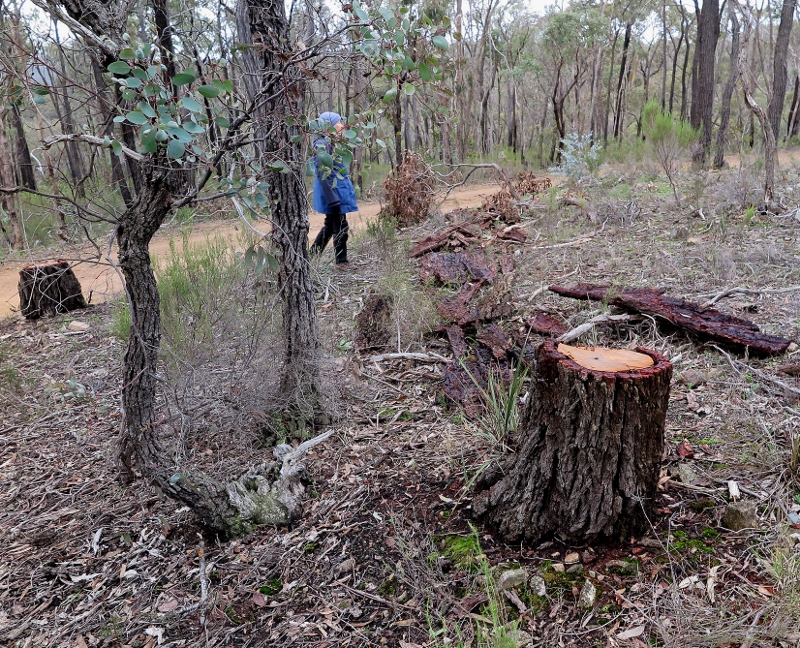
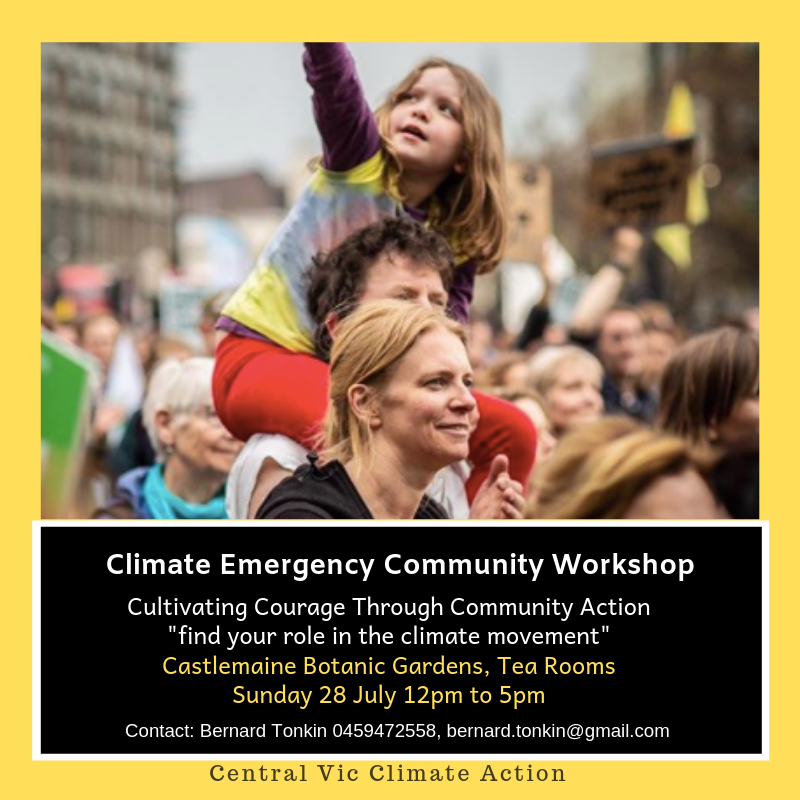
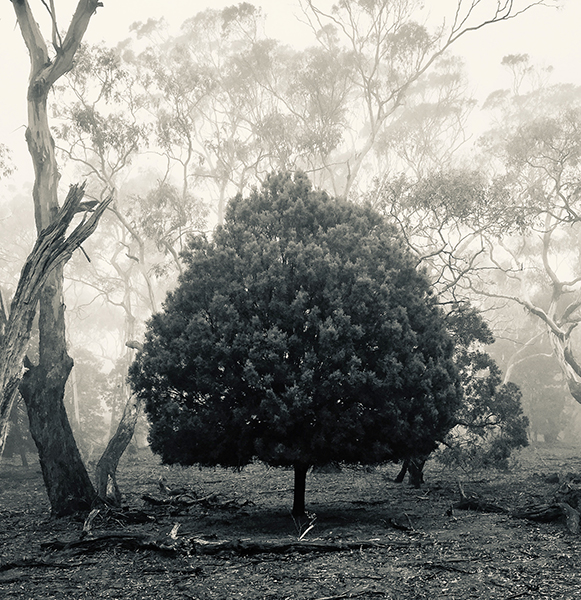
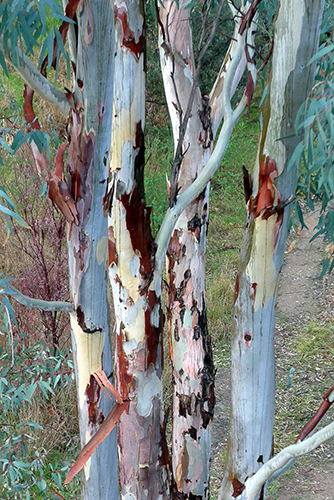

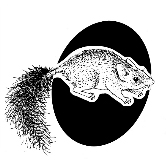
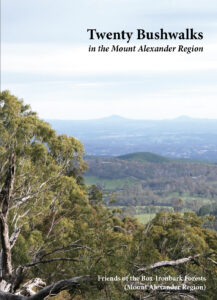
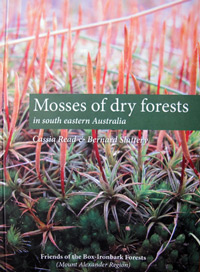 Click on image for info/order page
Click on image for info/order page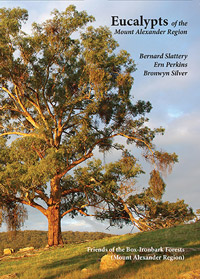 Click on image for info/order page
Click on image for info/order page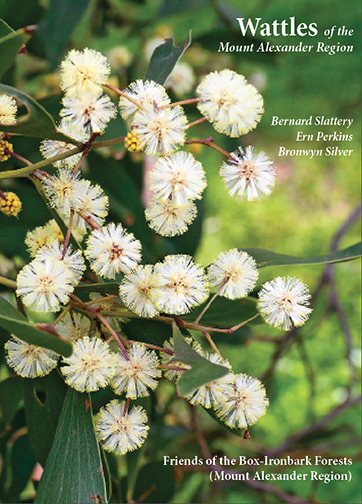 Click on image for info/order page
Click on image for info/order page